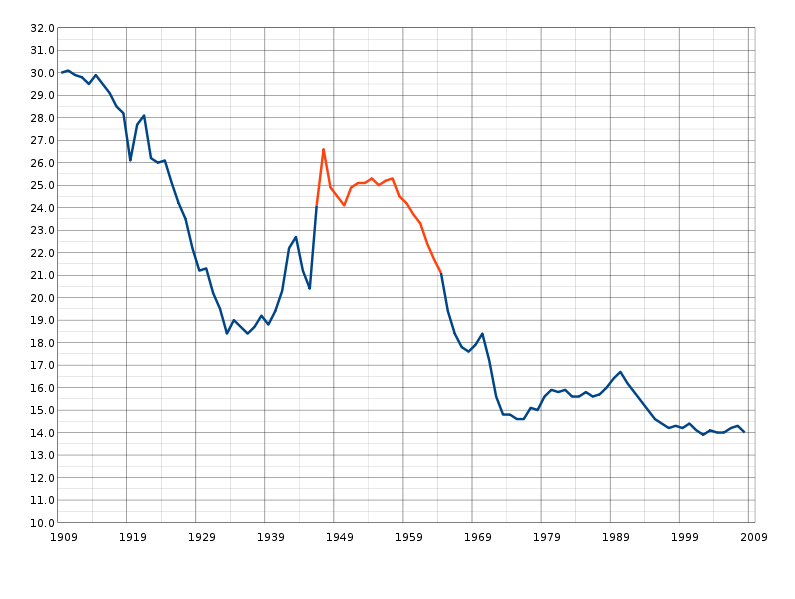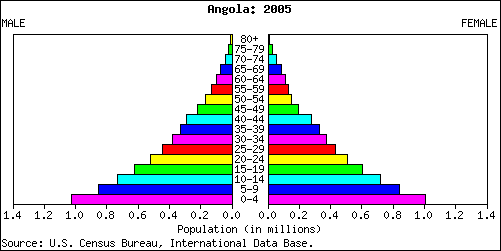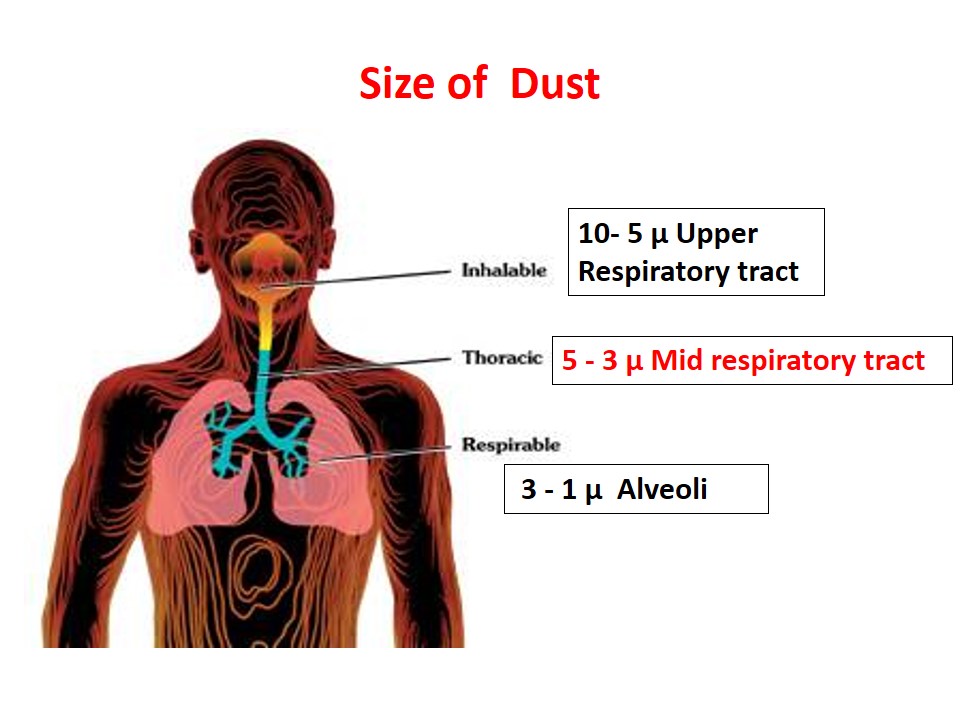Variable is a measurable or quantifiable characteristic of a person, object or phenomenon that can take different values. Variables are building blocks of research hypothesis. It represents the participants or a situation in a given study that has different values for a parameter. E.g. blood pressure (mmHg), age (years), height, etc. the classification of variables into dependent and independent is fixed, and depends on how the variables are used by the researcher.
Independent Variable
The variable that is used to describe or measure the factors that are assuming to cause or at least influence the other variable is called independent variable. The independent variable is given to the participants, usually for some specified time period. It is often manipulated and controlled by the investigator who sets its values by specifying how it will be used in the study. Every independent variable has at least two levels, e.g. sex (male/female).
Values can be a measurable quantity e.g. height, age, blood pressure or it may be a qualitative factor, e.g. color, sex, behavior.
If we study role of cholesterol in genesis of hypertension and atherosclerosis, cholesterol is independent variable and hypertension and atherosclerosis are dependent variables.
Dependent Variable
The variable that gets modified under the influence of some other (independent) variable is called the dependent variable, response variable or effect variable.
Relationship between Independent Variable (X) and Dependent Variable (Y)
Y = f (X)
Or Y is a function of X
Attribute Variable
It is an independent, fixed variable whose various levels cannot be assigned to the subjects by the researcher. It is not under control of the researcher. It can be inherent, physical, psychological or personal characteristics e.g. age, sex, height, weight, income, occupation.
Qualitative Variable
It allows the researcher to examine contrast between conditions. It deals with variation in kind or type. Values are given according to a classification scheme. These are:
Nominal variables, which may be:
a. Binomial (dichotomous) e.g. yes, no
b. Polychotomous e.g. positive, negative or nil
Quantitative Variable (Ordered Variable)
These represent variations in amount of a variable e.g. income. They cover a range of conditions with some inherent order or ranking. They must have a sufficient number of intervals (levels), e.g. 5, 10, 15 minutes of treatment.
These are:
1. Numeric variables, which may be:
a. Discrete (whole numbers 1,2,3)
b. Continuous (1.2,1.3)
2. Ordinal (good, better, worse)
Read more about research methodology…
- Introduction to Research Methodology
- The Basics of Research Methodology
- A Concept of Research Process
- Choosing Research Topics
- Review of Literature for Research Purpose
- Formulating a Research Question
- Formulation of Objectives in Research
- Developing a Questionnaire in Research
- Sample Selection and Sampling Techniques
- Data Collection in Research
- Introduction to Study Designs
 howMed Know Yourself
howMed Know Yourself




